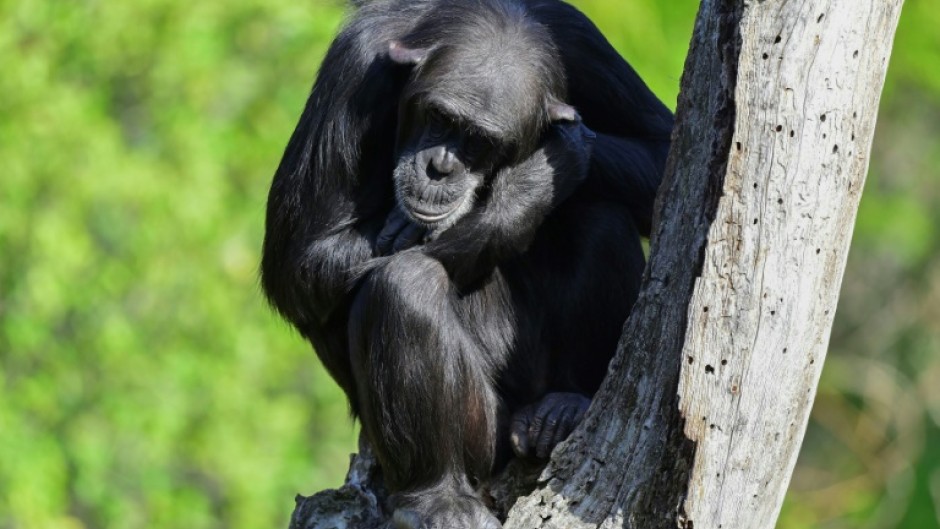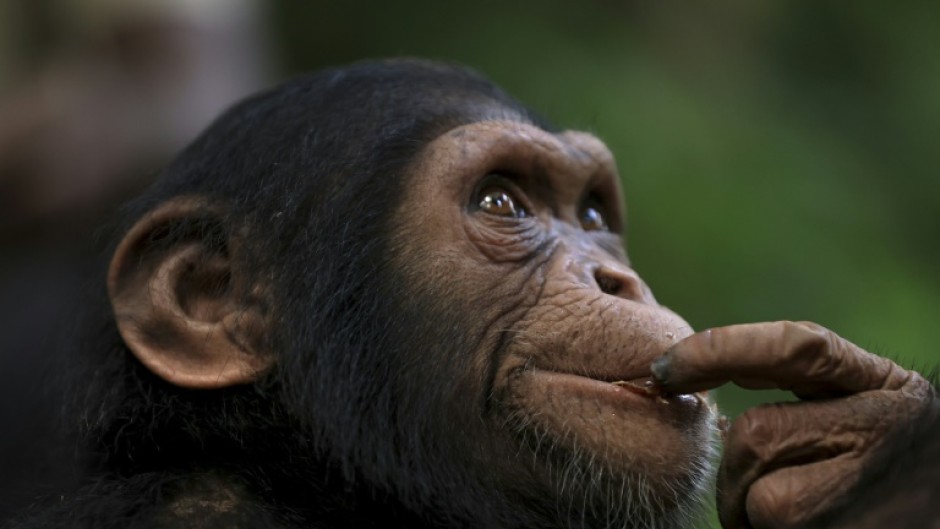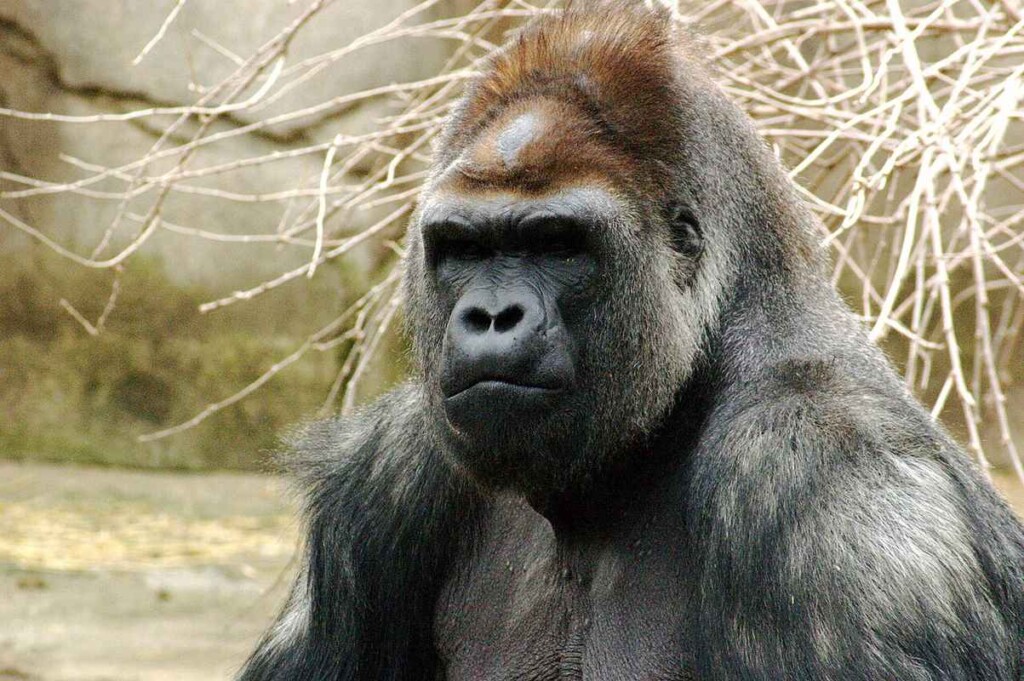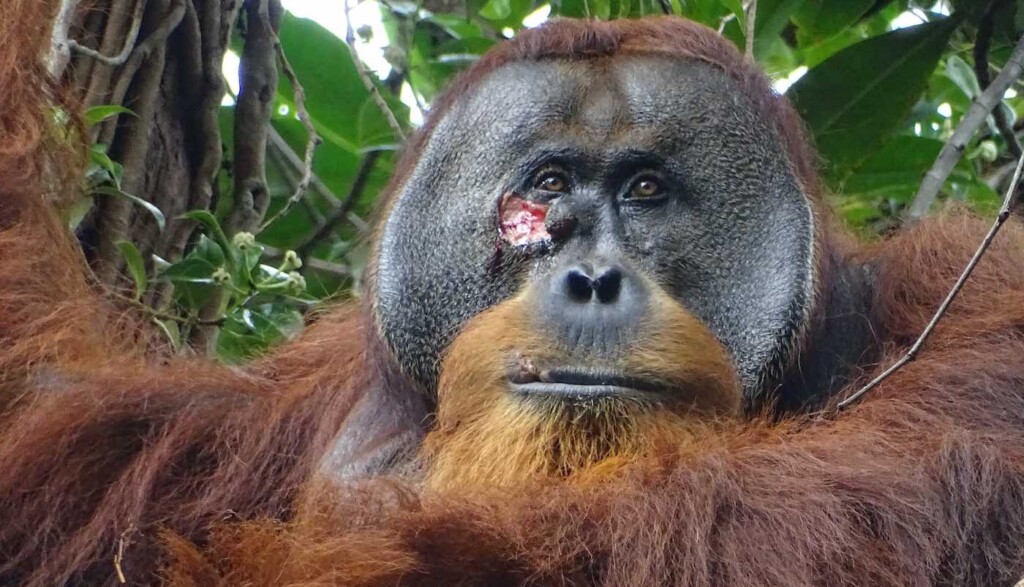
WASHINGTON - "Planet of the Apes" may have been onto something.Chimpanzees are steadily honing their tool-using skills -- a process unfolding over millennia, driven by the exchange of ideas through migrations between populations, according to a new study published Thursday in Science.The finding in chimps -- humans' closest living relatives -- holds relevance for us too, as it supports the idea that, deep in the mists of time, our own ape ancestors leveraged social connections to improve their technologies, lead author Cassandra Gunasekaram told AFP.Scientists have long marvelled at chimps' ability to pass down intricate behaviours, like tool use, from one generation to the next.Yet while human civilisation has leapt from the Stone Age to the Space Age, chimpanzee "culture" -- defined as socially learned behaviours -- seemed to have remained static.Gunasekaram, a doctoral student at the University of Zurich, set out to challenge this assumption.She and colleagues combined genetic data tracing ancient chimpanzee migrations across Africa with observations of 15 distinct foraging behaviours across dozens of populations and the four subspecies.These behaviours were categorised into three levels: those requiring no tools, those with simple tools, like using chewed leaves as a sponge to absorb water from tree holes, and the most complex,...








